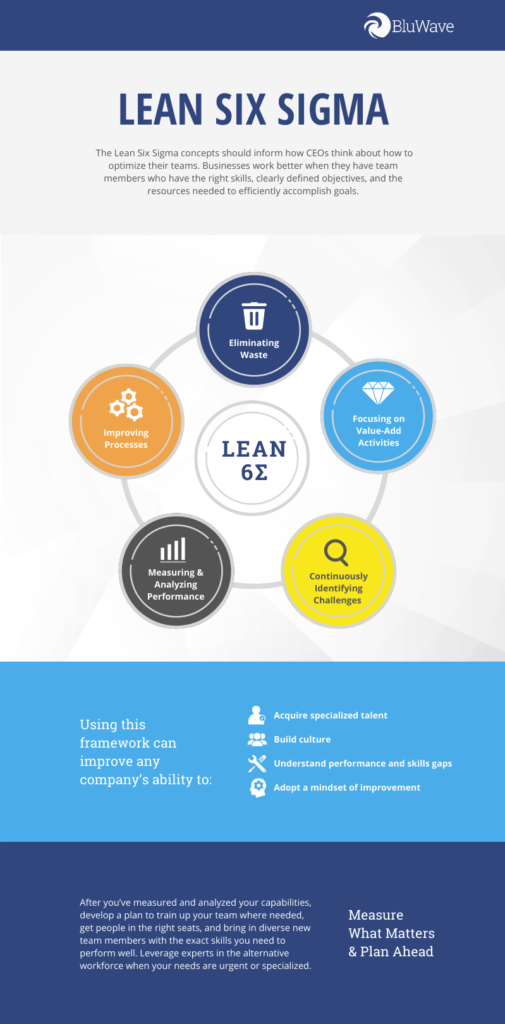As Forrester’s Executive Partner serving CMOs and Chief Experience Officers, partner, Sheryl Pattek regularly works with senior-level marketing executives to advance their major initiatives, with a special focus on creating customer-obsessed strategies that drive business growth. She has been named “CMO Whisperer” and “One of 18 People in Marketing You May Not Know, but Should,” as well as “one of the thirty most influential women in marketing technology.” Prior to joining Forrester, Sheryl spent over 30 years leading global marketing organizations for both Fortune 500 and early-stage companies in the logistics, transportation, software, software-as-a-service (SaaS), technology, and telecommunications industries.
Are you impressed yet?
Candidly, as a career marketer, she is both inspirational and intimidating at the same time; but gratefully acknowledges she is continually learning and transforming just like the rest of us. When I requested an interview recently, she graciously accepted and dropped knowledge in areas ranging from how to measure marketing success to why interim CMOs are more important now than ever.
Kyle Johnson: Why is due diligence in digital marketing important?
Sheryl Pattek: When you are doing M&A it is imperative to dig in to see what is really there, versus what you are being told on the surface. As today’s consumers and business buyers prefer to engage in digital channels, it is important to understand the tech stack and get a picture of what products are currently used to manage overall customer engagement. It’s also extremely important to know what the data looks like (is it “clean” data or does it need extrapolation) and who owns the data. To create a connected customer experience in today’s digital environment both a strong tech stack and robust data are critical. Customers will accelerate decision-making if they have a good experience, and if not they will “vote with their feet” (and go right out the door) as the saying goes. So, digging into both areas to ensure they are solid is vital to achieving the value a specific M&A is looking for.
KJ: How do you measure the ability of a company’s marketing function?
SP: In terms of its ability to drive growth, the first thing I look at is the business plan and the marketing plan to determine if they are aligned. In a B2B environment, marketing is seen as a driver of growth, owning part of the pipeline and new customer acquisition, in addition, to cross-sell and upsell opportunities. So, alignment between the business and marketing plan ensures that the marketing team will deliver or exceed expectations. Next, I look at the KPIs to see if they map to business outcomes: I want to know the length of time it takes for a customer to make a buying decision, how many “touches” until someone buys, what the ROI looks like, and if they are doing attribution in a way that is actionable. Once I understand the baseline, I try to assess whether or not the existing marketing team has the core capabilities in place to implement go-to-market plans, customer acquisition strategies, or continuous improvement processes. Beyond that, do they have the ability to make data-based decisions and a 360-degree understanding of their customer base.
KJ: Is interim/fractional CMO a thing? Are you seeing this trend post-Covid?
SP: It is definitely a thing and a model that is growing quickly for several reasons. For midsize companies, the interim model is an efficient way of covering a tremendous amount of ground in a short period of time. Typically, as you likely know, it takes at least four to five months to find a full-time marketing executive. Then, once they are on-boarded, understand the business, and start having an impact, you are talking at least six to nine months. Even then, you don’t really know if you have the right fit.
The fractional model allows you to hit the ground running with very specific deliverables in a short period of time. It enables you to then iterate quickly. If you are midsize to a smaller company, you may have a marketing organization of doers in place. An interim CMO can quickly provide strategy and some leadership to kickstart results and accelerate growth. Then, you’d have the flexibility to bring in a fractional CMO episodically, as needed.
KJ: Any insight for hiring a fractional CMO?
SP: If you’re a CEO looking for interim talent, my number one suggestion is to not do it on your own. By tapping into experienced, robust networks, you can find a resource that fits culturally, skills-wise, industry knowledge-wise, and many times even geographically. The typical CEO is not going to have a deep well of interim experts at their disposal.
KJ: What is marketing’s role in creating value for a company?
SP: First and foremost, building and driving a growth engine. Second, bringing customer understanding to the c-suite so decisions are made from the outside in. Third, typically marketing is thought of as owning the company brand. But I prefer to think about the value marketing creates as going beyond just the brand. It’s marketing’s role to link together the brand’s value, the customer’s experience, and employee’s experience to provide the necessary underpinnings of the growth engine.
KJ: Last but not least, what is one marketing trend you’re seeing emerge in 2021.
SM: There are quite a few, but the one companies need to adjust for now is related to data privacy and the changes being made with regard to third-party cookies. These sweeping changes underscore the importance of first-party data. In short, companies who own their own data will win.







